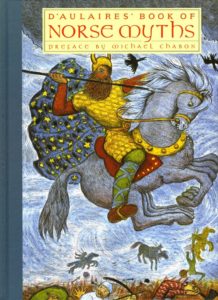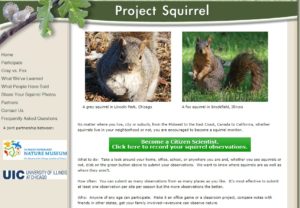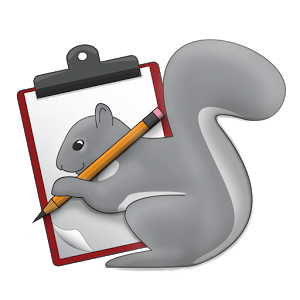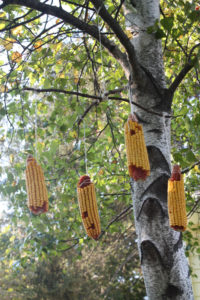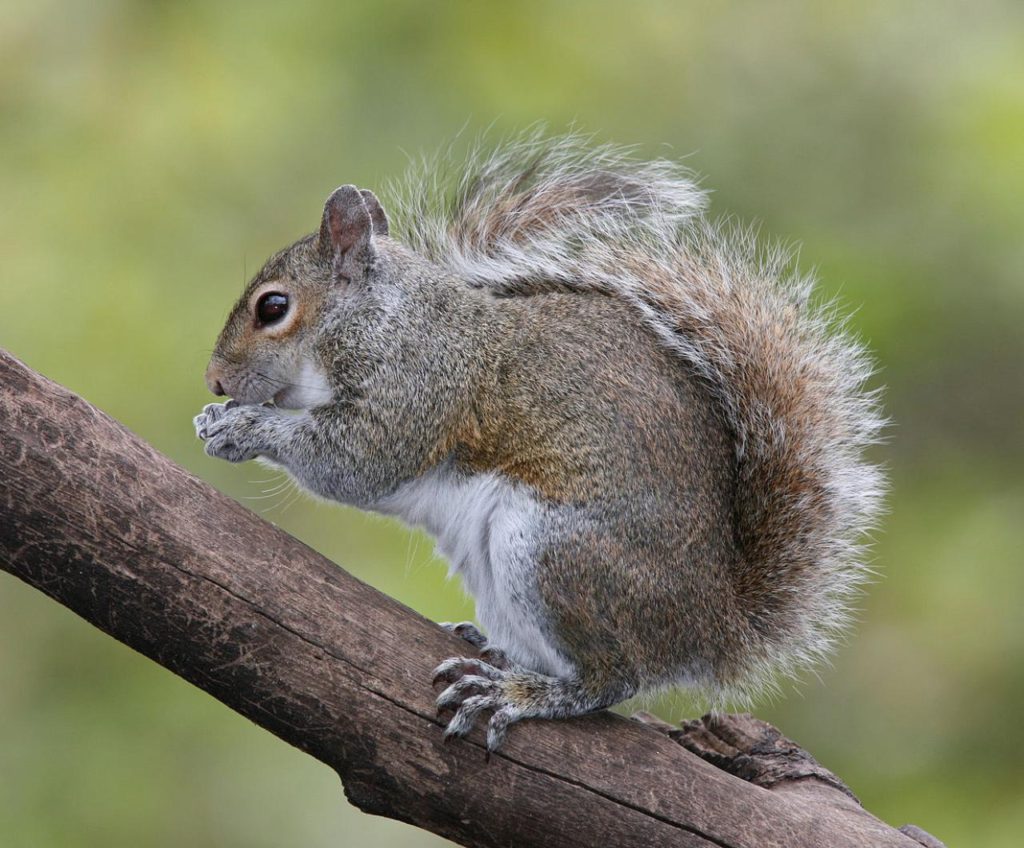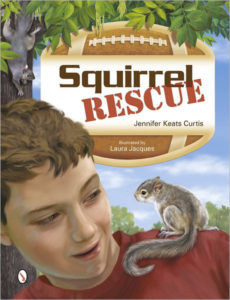
|
Jennifer Keats Curtis’s Squirrel Rescue (Schiffer Publishing, 2012) is a realistic account of two children finding and saving a baby squirrel who has fallen from the nest. (What to do: put it in a box and leave so that the mother squirrel can recover it.) For ages 4-8. |
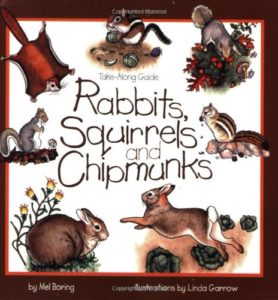
|
Mel Boring’s Rabbits, Squirrels, and Chipmunks (Cooper Square Publishing, 1996) in the Take Along Guide series is a nicely designed and illustrated introduction to common species of the three featured animal groups, with descriptions, eating habits, where to find each, and assorted anecdotes and interesting facts. Also included are a few hands-on projects, among them making a hanging nut ball for the squirrels and a peanut tightrope for chipmunks. For ages 5 and up. |
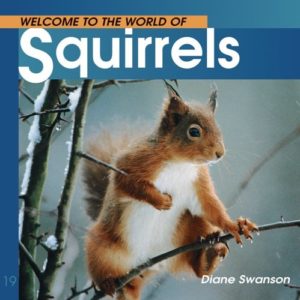
|
Diane Swanson’s Welcome to the World of Squirrels (Walrus Books, 2001), illustrated with color photographs, is a great basic introduction to squirrels, with a 32-page reader-friendly text covering squirrel anatomy, different types of squirrels, worldwide distribution, behavior, habitats, food, and predators. Readers learn that tree squirrels can have up to ten different nests (and they can weave a nest in a day). And don’t bother going to Australia to see squirrels. Australia has no squirrels. For ages 5-9. |
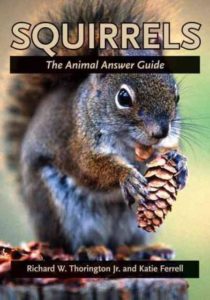
|
Richard W. Thorington and Katie Ferrell’s Squirrels: The Animal Answer Guide (Johns Hopkins University Press, 2006) is a nonfiction account of all things squirrel, variously covering the different types of squirrels, form and function (Can squirrels swim? How far can squirrels jump?), squirrel behavior, squirrel habitats and food, squirrels and humans, and squirrels in literature. An excellent resource for squirrel-obsessed older teenagers and adults. |




